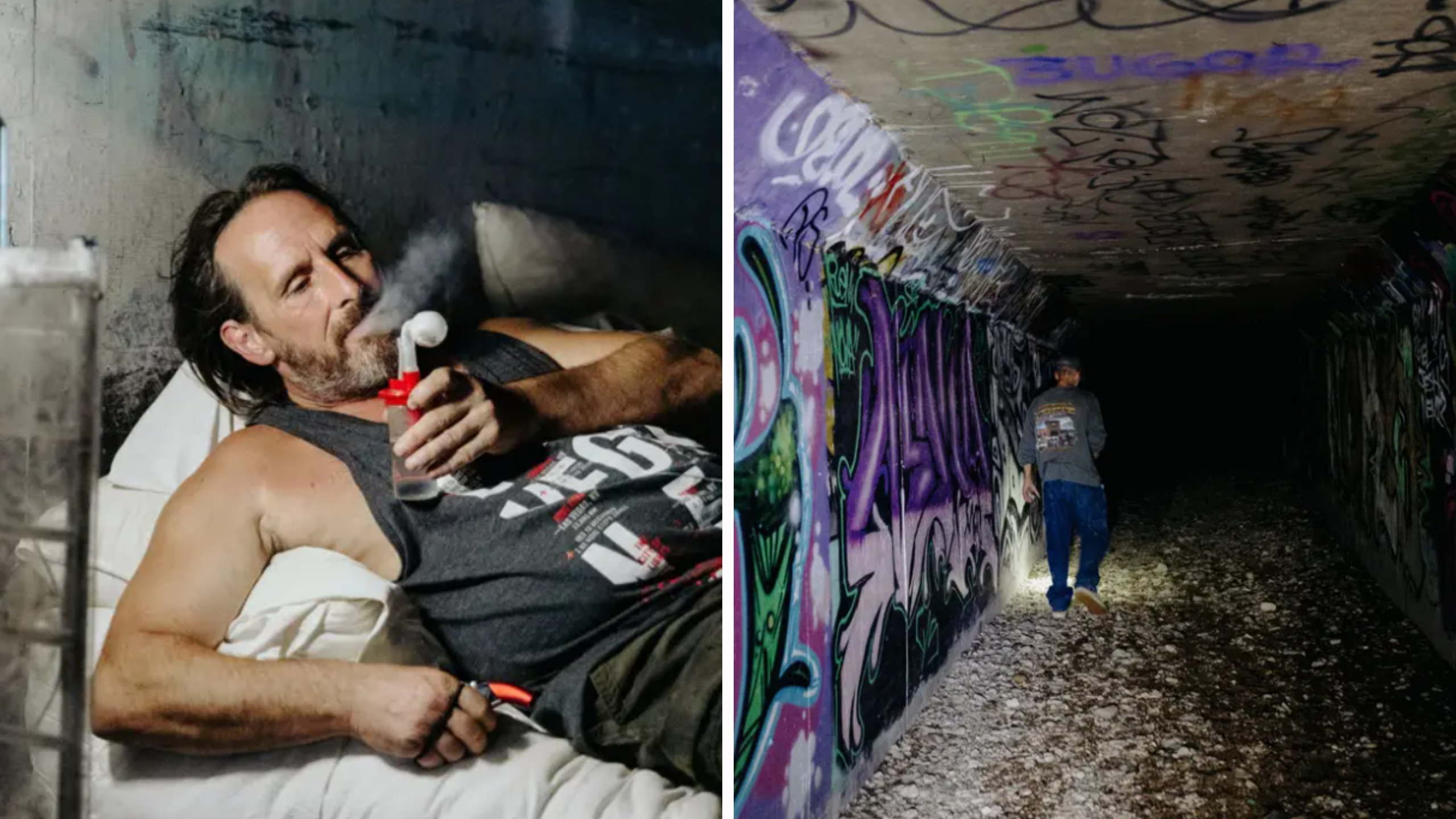A Hidden World Beneath the Surface
Discovering this underground world isn't difficult. This extensive network of flood control tunnels, built in the 1990s, stretches across the Las Vegas Valley, reaching lengths of up to 1,000 kilometers. Although these tunnels are designed for floodwater, which only accumulates a few days a year, most of the time they serve as a refuge for the homeless and those addicted to drugs.
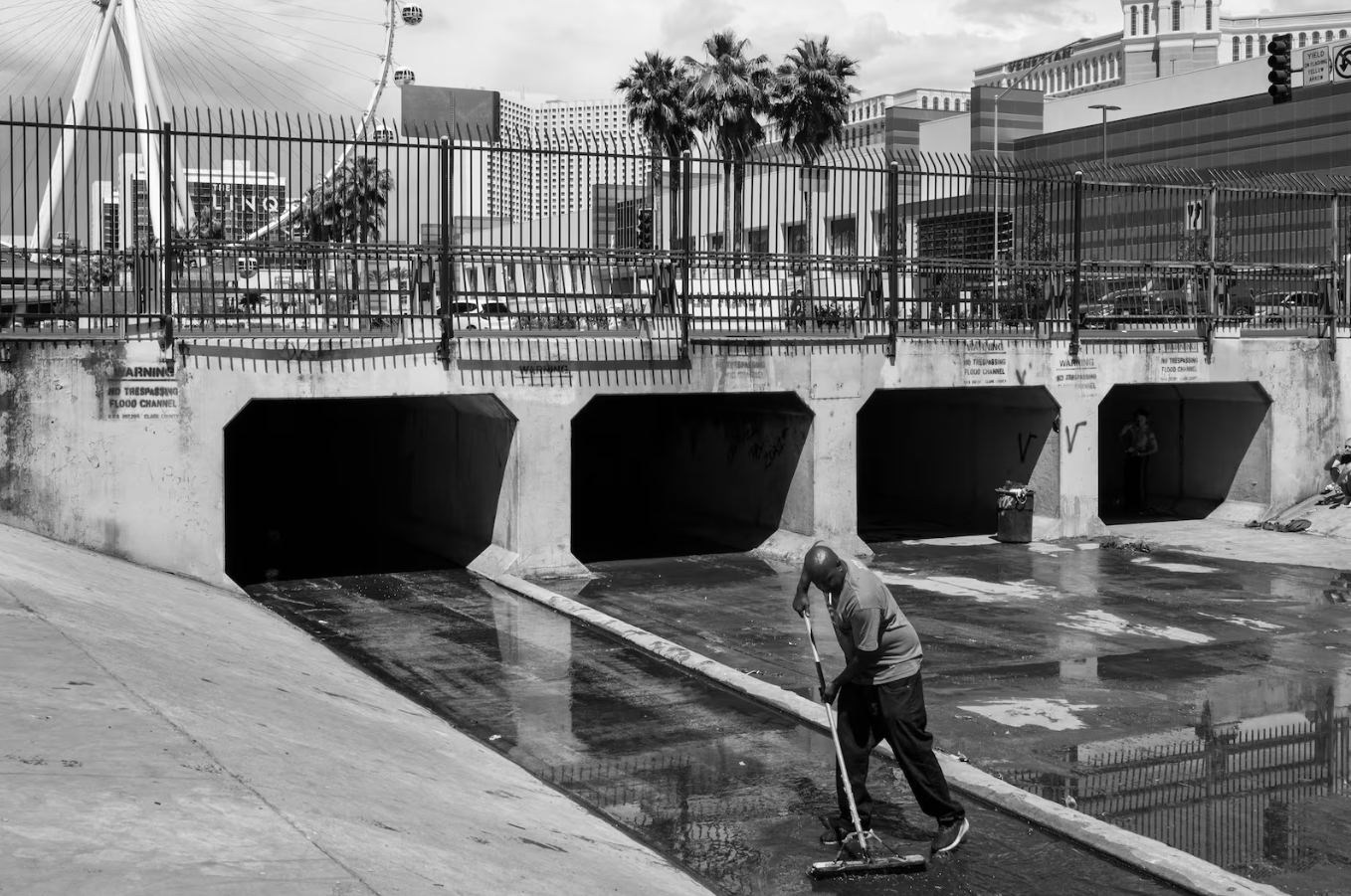
The reasons people resort to this dangerous labyrinth are varied but often tragic. Many end up there due to rising living costs, as rents in southern Nevada have increased dramatically in recent years. Many of them were initially tourists or individuals who came to Vegas seeking fortune in the entertainment industry, only to lose everything gambling and find themselves penniless.
Beyond economic circumstances, the homeless hide in the tunnels for other reasons. It's a place to evade the police, with raids intensifying after the Supreme Court's decision to enforce anti-camping laws in public spaces. The tunnels also provide shelter from extreme weather— offering protection from summer temperatures reaching up to 50 °C and from winter's cold and snow.
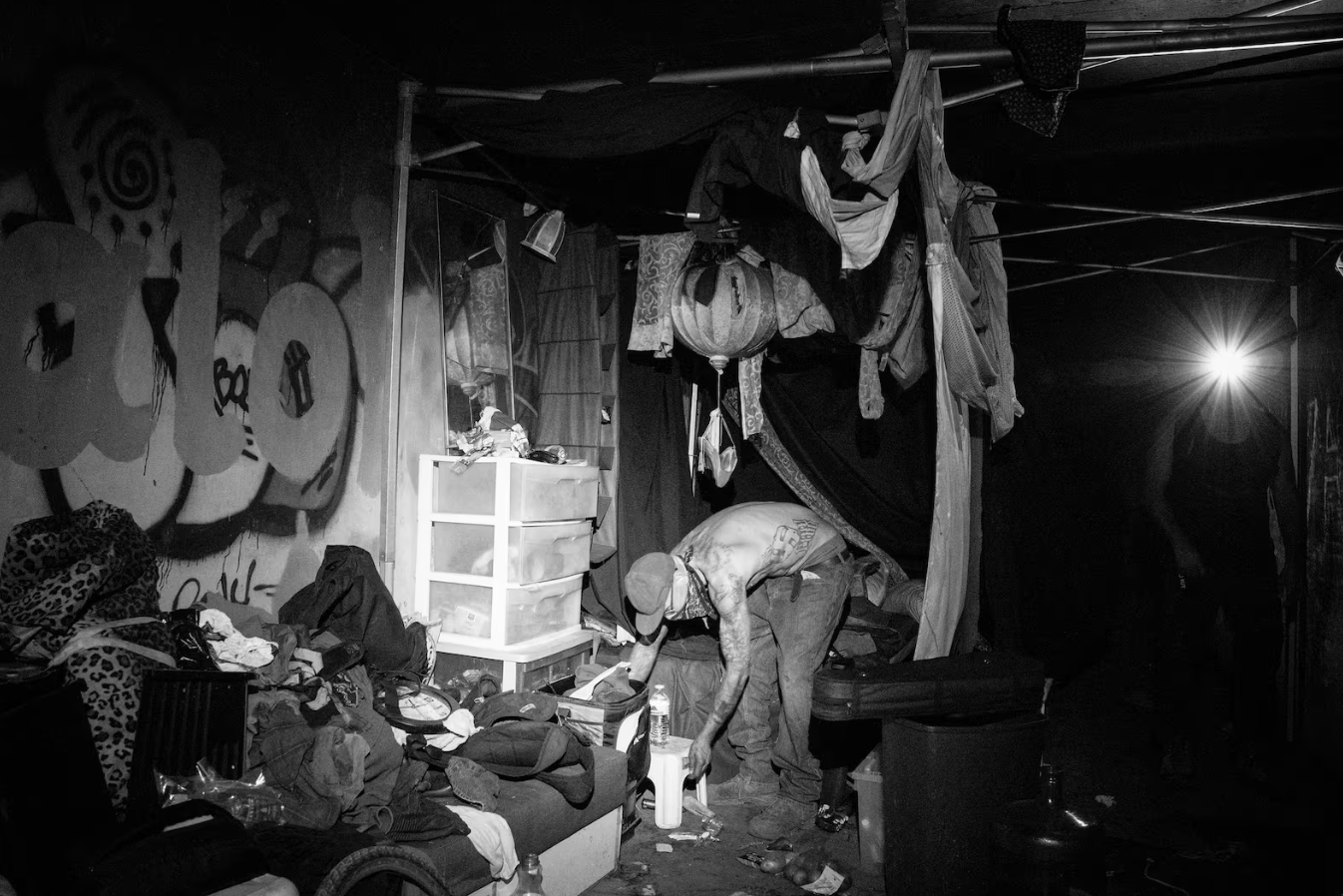
A Game of Survival
One entrance to the labyrinth of flood tunnels is just a stone’s throw from glitzy hotels like Caesars Palace and Rio — a stark contrast between two vastly different worlds. Upon entering the tunnels, you'll encounter people pleading for help or searching for drugs.
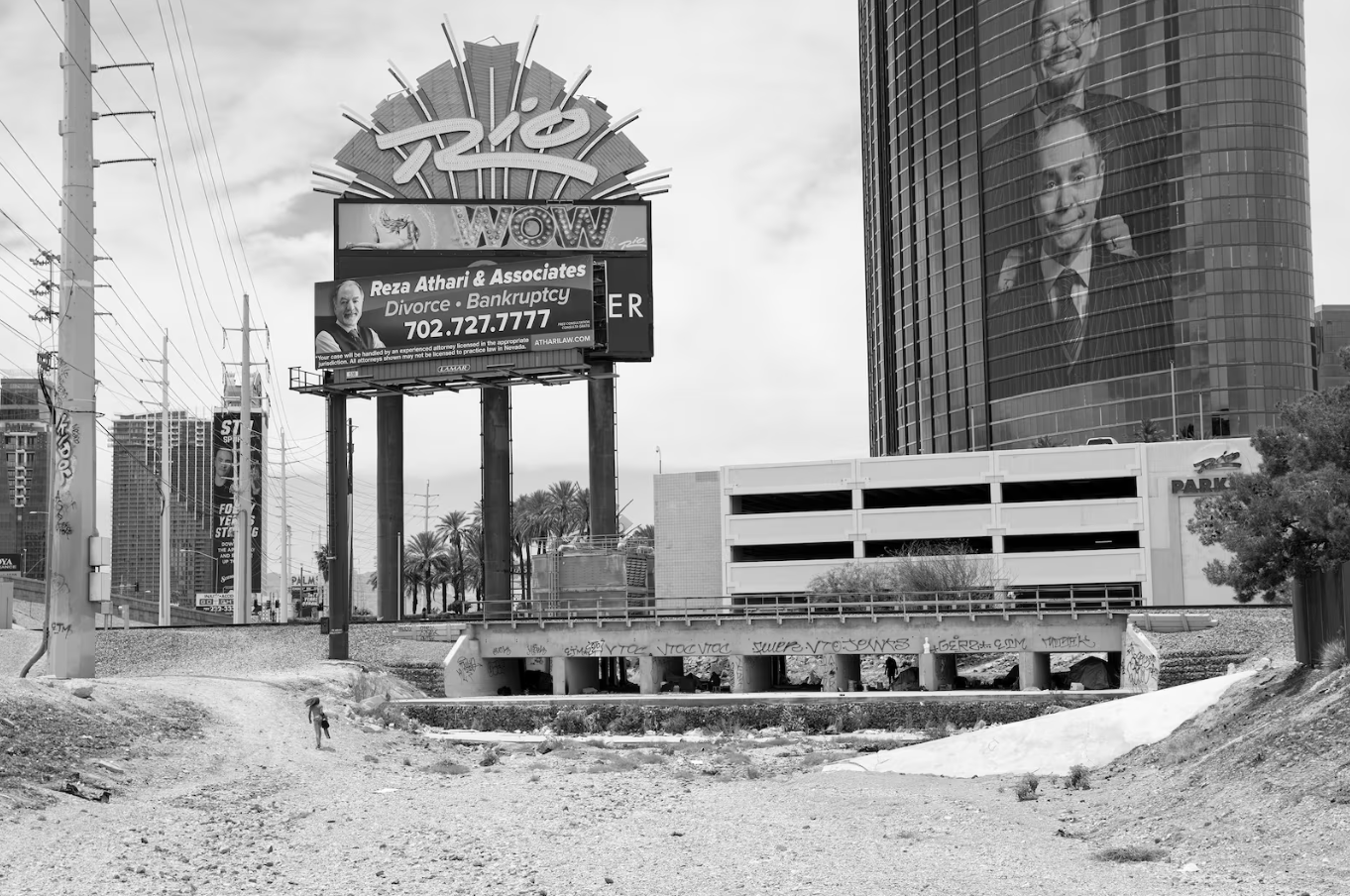
Not everyone living underground does so in the same way. For instance, Joe and Renée found a brighter spot in a shorter tunnel, where they created a semblance of normalcy on their mattress. With a fridge and camping chairs, it almost seems like a short camping trip. Though Joe presents an air of nonchalance, his idyll begins to crumble as he lights a meth pipe. He speaks of his past as a promising musician, tired of life on the road, now enjoying idleness. He talks about the dangerous fentanyl laced in drugs, about envy, and how having money can be deadly. “Everyone here battles their own demons,” he adds with a melancholy smile.
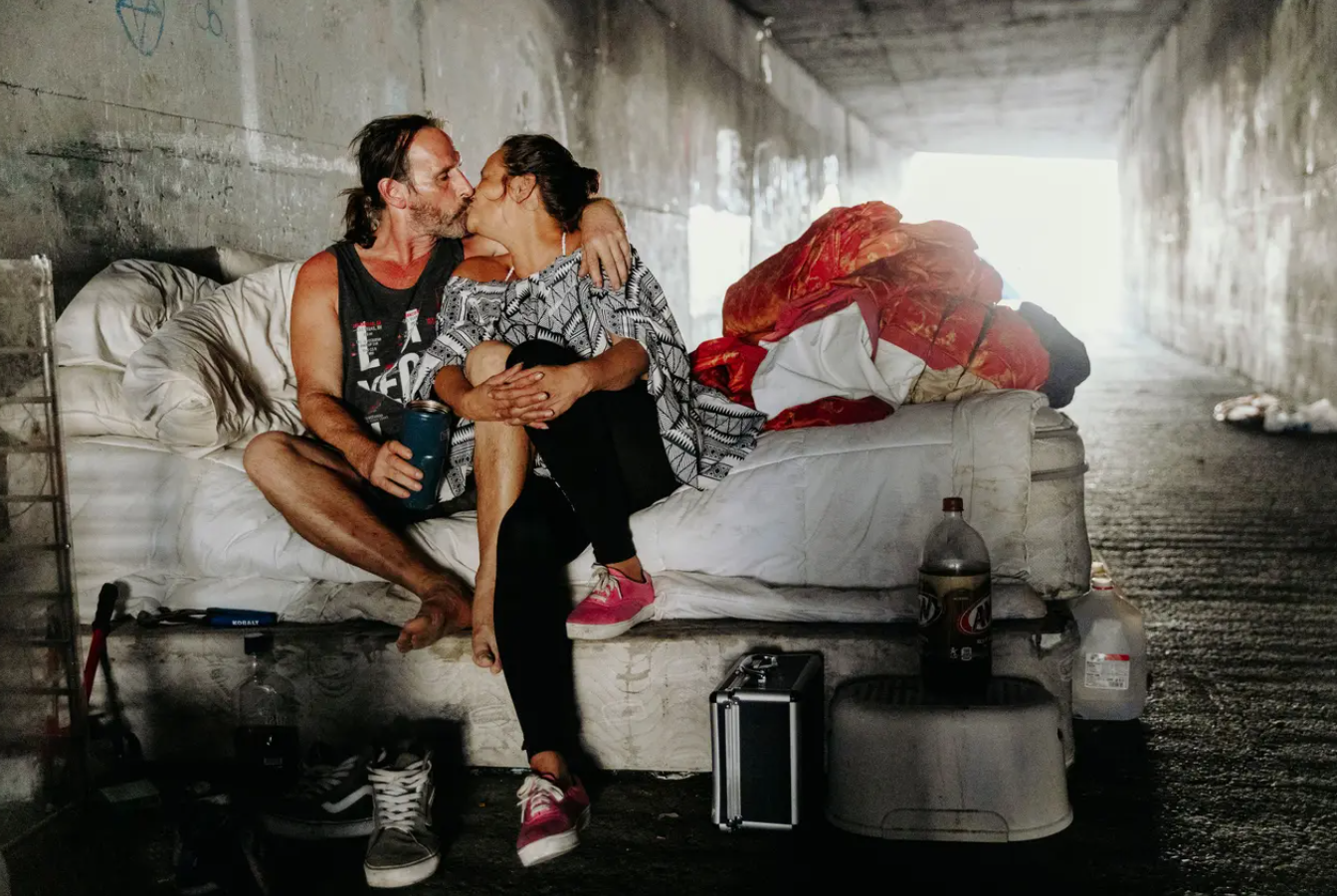
A bit further, you might meet someone like Big T. At first glance, he seems like a retiree, but he's actually just 45. He's lived in the depths of one of these tunnels for twelve years, around one and a half kilometer from the entrance. Life below has transformed him beyond recognition.
His life story is fit for a Hollywood film: his mother was a prostitute, his father a gangster. Big T chose to follow in his father's footsteps, once stealing a large sum from the Hilton hotel years ago. Now, he’s left turning empty pockets out and saying: “This is all I have left.” His story is filled with tragedy and lost hope. With tears, he recounts the memory of his girlfriend, who died in the tunnels a year and a half ago. This tough man, having endured more than most of us, can't help but cry at the loss.
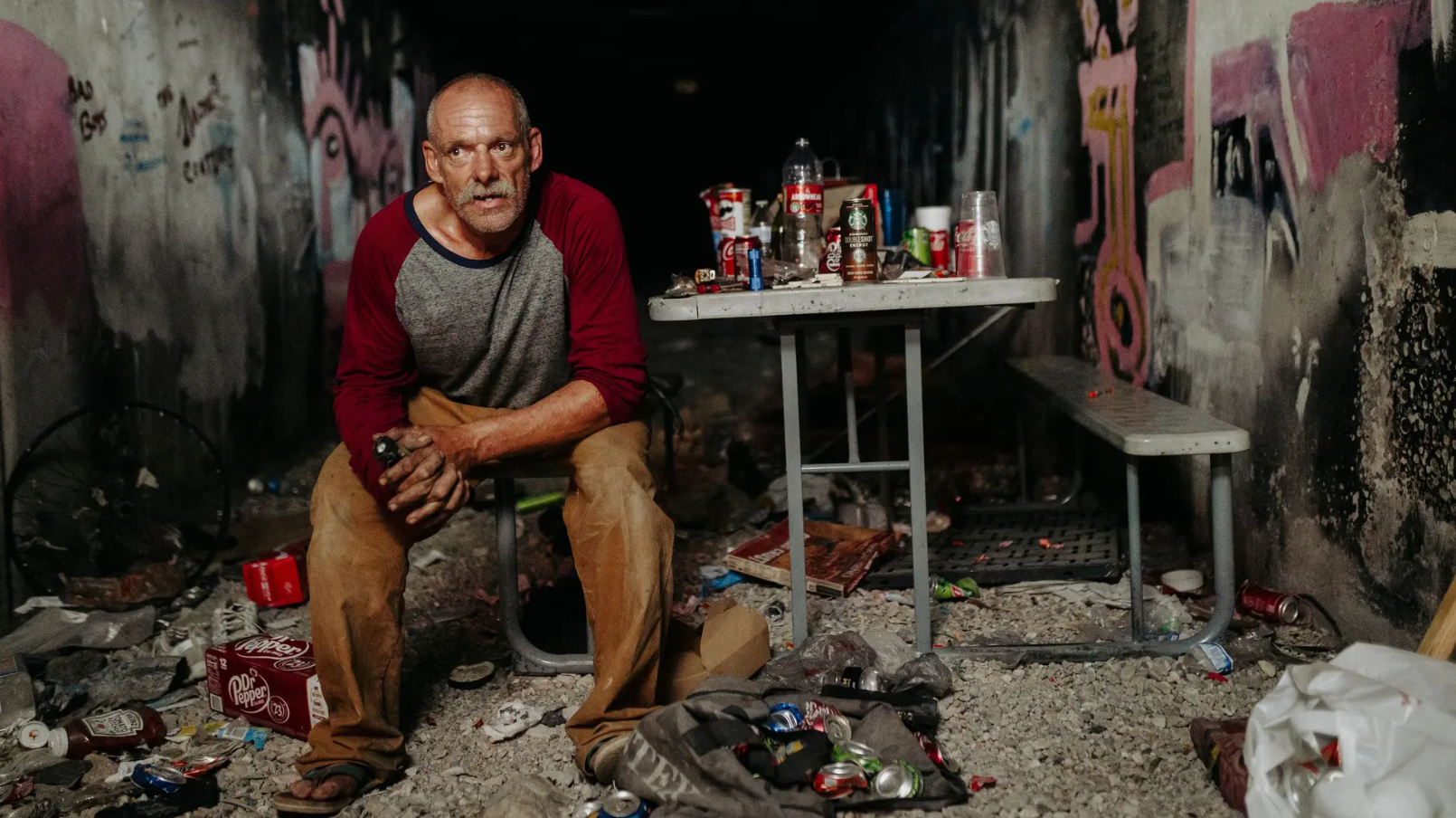
These are only a few of the hundreds of life stories unfolding in the shadow of the “City of Lights.” Life in the tunnels is a stark testament to how even in a city of massive wins, one can fall to the utmost depths. While tourists gamble for millions, the tunnel dwellers are playing a game of their own. And in it, survival is the grand prize.
From Hell Back to Light
The most compelling and layered story found in the tunnels is Robert Banghart's. Now working for the charitable organization Shine a Light as Vice President of Community Integration, he helps those who find themselves where he once was. Robert was homeless for five years, with two spent in the tunnels. Addicted to heroin and meth from his teens, he compares life below to “Lord of the Flies,” where violence is commonplace.
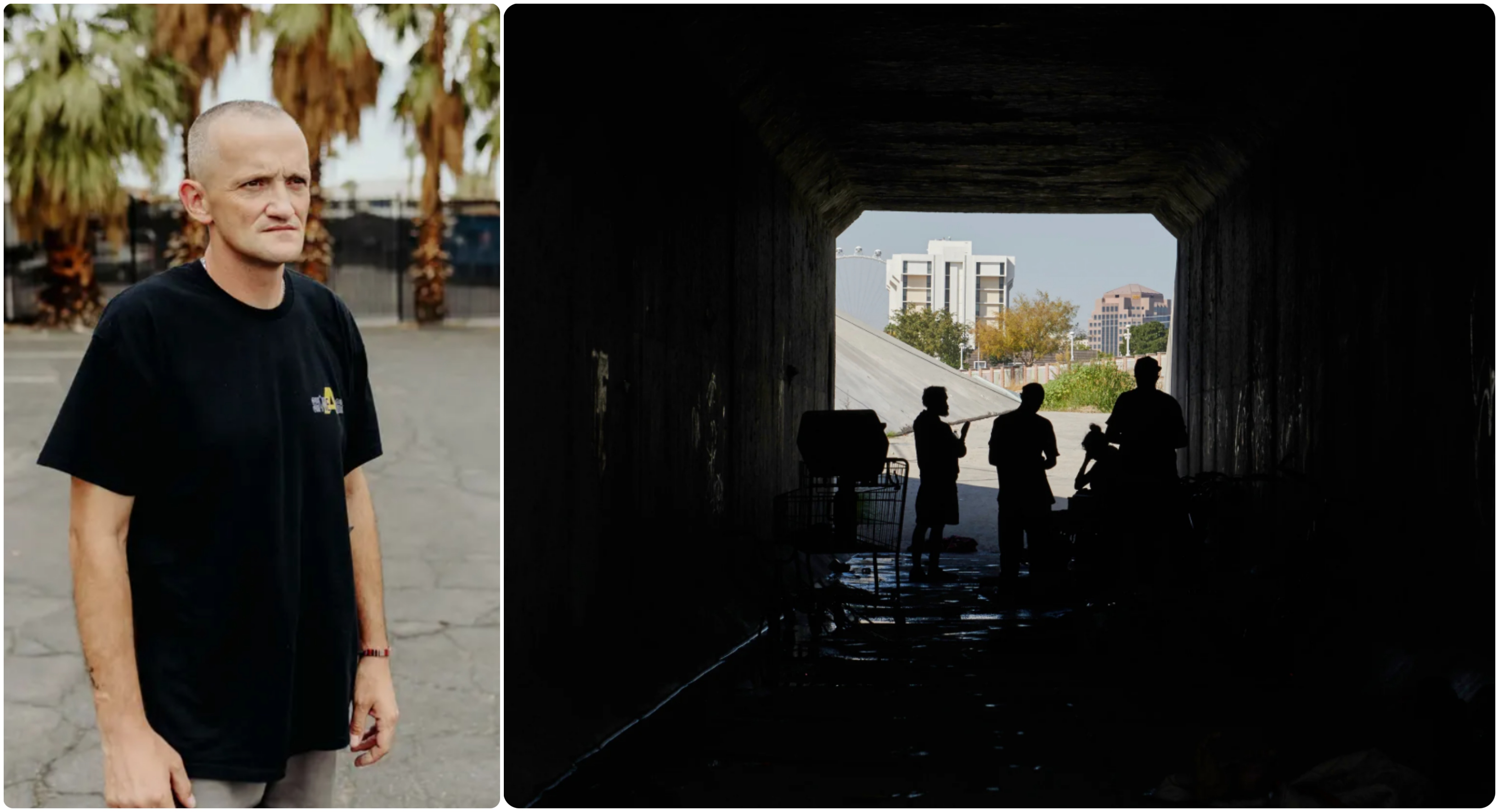
His descent into darkness was gradual and unnoticed. “You don't realize it because you slowly get used to lower and lower standards,” he explains. At age 17, he found himself in prison. After release, he crashed at friends' places, then shelters, eventually landing in the tunnels. Back then, it felt like relief — he had “his place” where no one bothered him. But without clocks or daylight, he lost track of time and reality. “I was lost,” he recalls. “Everything was unpredictable and random. Sometimes I'd wake up somewhere unknown. Everything was falling apart, worsened by drugs.”
A brutal attack finally dragged him out of this hell, where three men stabbed him and left him for dead. He survived thanks to a random worker who found him and called an ambulance. “I had a knife stuck in my leg, an axe hit my head three times. My jaw was broken, my liver torn,” he recalls. He hovered between life and death for a long time.
Surviving this ordeal pushed him to change his life. “I've been clean since — except for about 60 relapses,” he admits with a touch of self-awareness. Returning to normal life was challenging for him. “It took me a month to get used to sleeping in a bed,” he says. “I had to learn to pay bills and take out the trash.”
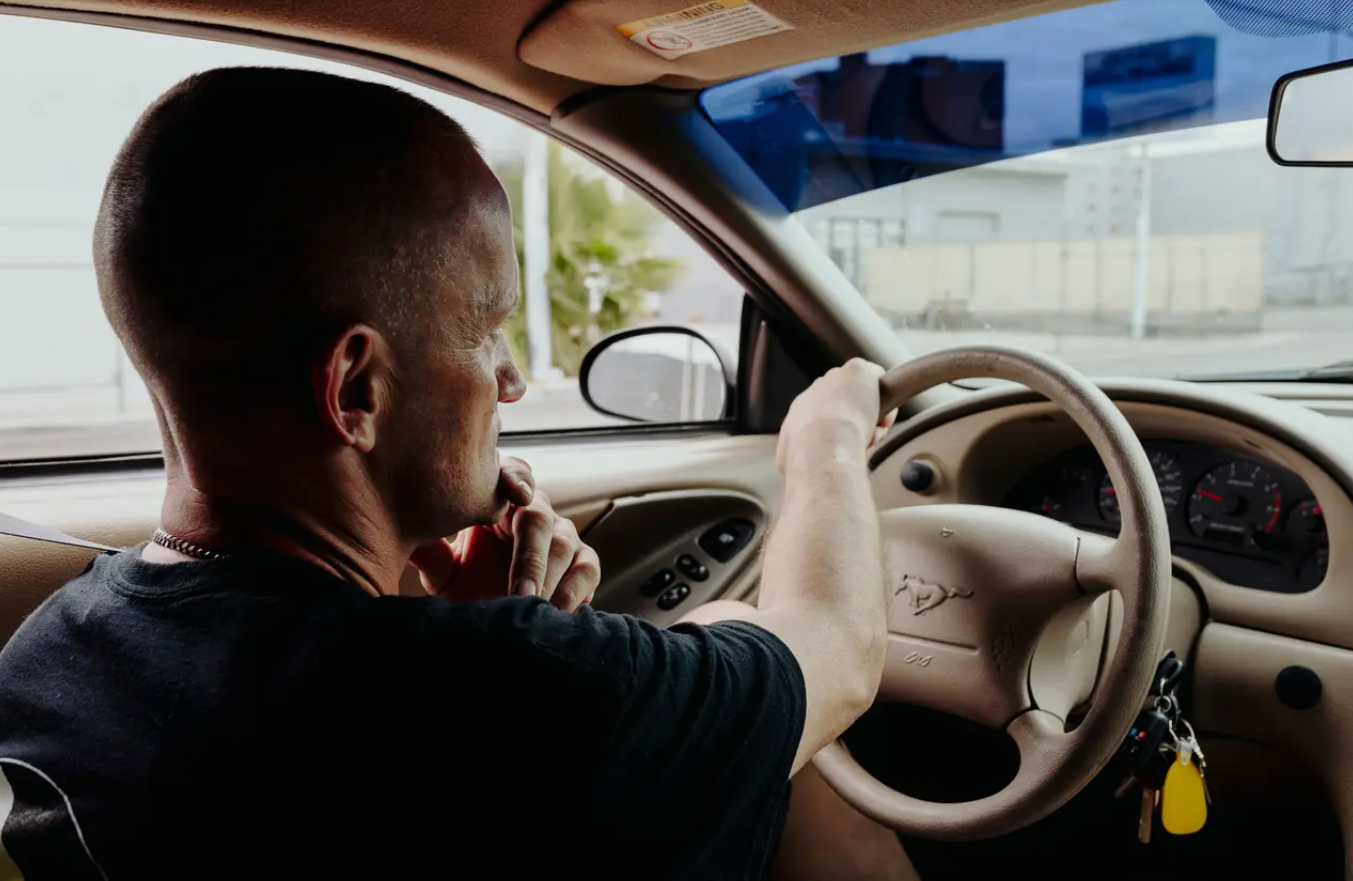
Today, he visits the tunnels and tries to help. He believes even the smallest conversation can plant the seed of change. “I always leave them my number and tell them they can call me when they’re ready,” he says. Most never call, but Robert doesn’t give up. For him, it’s a fight worth fighting.
Las Vegas: Two Faces of One City
While billions spin on the Strip above and people celebrate victories at poker tables, just a few meters below, others struggle for food, clean water, and to survive another night.
The tunnels of Las Vegas are a reminder: behind every bright light lies a shadow. And as in poker, fortunes can quickly turn.
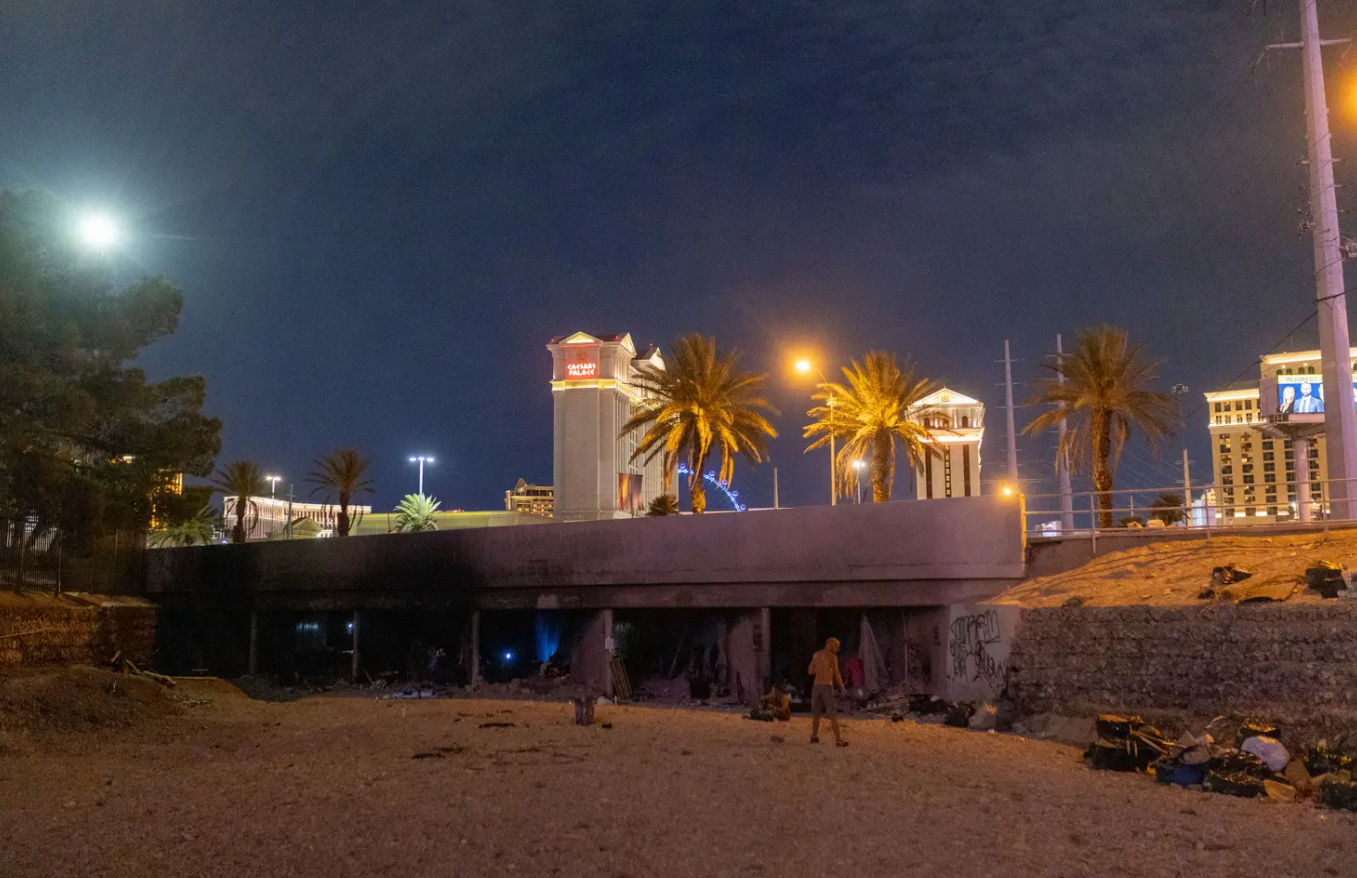
Source: Wikipedia, Shine a Light LV, Deseret News, NZZ


